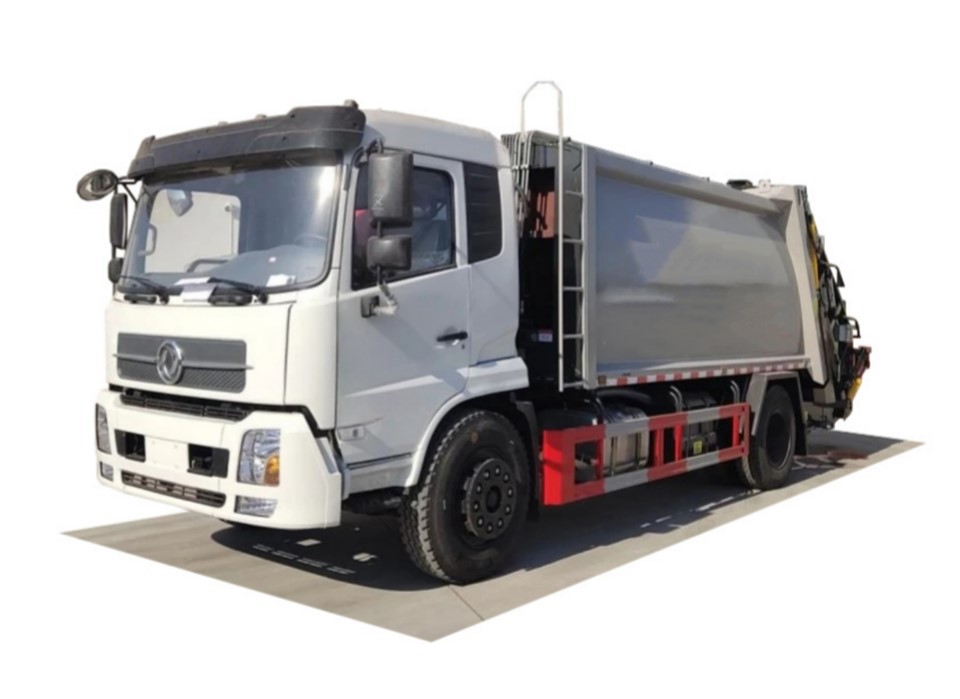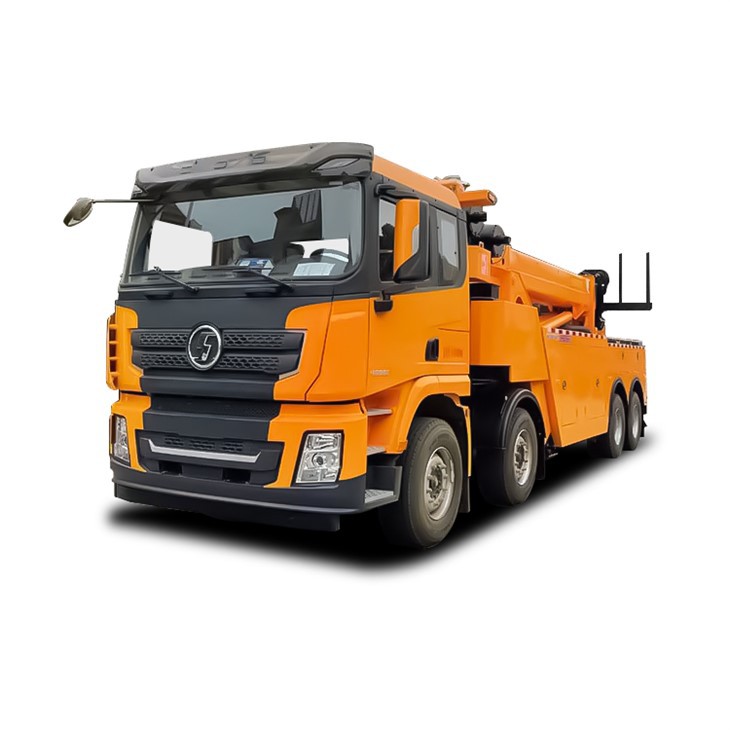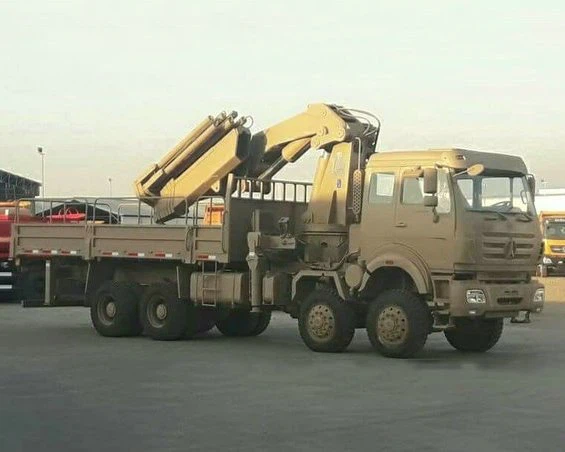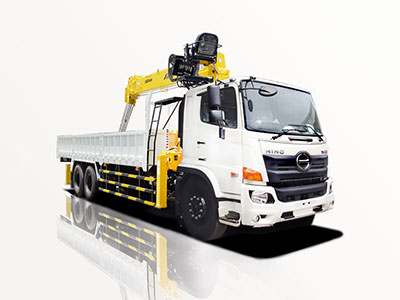Street cleaner trucks play a crucial role in maintaining urban cleanliness, benefiting both the environment and local communities. These vehicles are specialized for cleaning roads, sidewalks, and public spaces, effectively removing dirt, debris, and pollutants. This comprehensive article explores the world of street cleaner trucks, their types, functions, benefits, operating principles, maintenance, and much more.
Table of Contents
- What is a Street Cleaner Truck?
- Types of Street Cleaner Trucks
- How Street Cleaner Trucks Work
- Benefits of Street Cleaner Trucks
- Choosing the Right Street Cleaner Truck
- Maintenance and Care for Street Cleaner Trucks
- Costs and Financing for Street Cleaner Trucks
- Real-World Examples of Street Cleaner Trucks
- The Future of Street Cleaner Trucks
- Frequently Asked Questions
What is a Street Cleaner Truck?
A street cleaner truck is a specialized vehicle designed to remove dirt, debris, and litter from city streets. These trucks are equipped with various tools and machinery that facilitate thorough cleaning. The primary purpose of street cleaning is to enhance the hygiene and aesthetic appeal of urban areas while also protecting the environment.
Key Features of Street Cleaner Trucks
- Vacuum systems for collecting debris
- Water sprays to suppress dust
- Brushes that agitate dirt and debris
- Additional compartments for waste storage
Types of Street Cleaner Trucks
Street cleaner trucks come in various types, each tailored to specific cleaning needs. Understanding these types helps in selecting the most suitable one for different environments.
1. Mechanical Street Sweepers
Mechanical street sweepers use brushes to push debris into a central collection area, where it is picked up and stored. They are highly efficient for cleaning hard surfaces, such as asphalt and concrete.
2. Vacuum Street Sweepers
These vehicles employ powerful suction to lift dirt and debris off the ground. Vacuum sweepers are particularly effective on finer particles, making them a popular choice for urban settings.
3. Regenerative-air Sweepers
Combining features of both mechanical and vacuum street sweepers, regenerative-air sweepers use air to create suction and also employ brushes. They are versatile and can clean various surfaces.
4. Jetting Sweepers
Using high-pressure water jets, jetting sweepers remove caked-on grime and stains. This type is ideal for deep cleaning infrequently cleaned areas.
How Street Cleaner Trucks Work
The operation of street cleaner trucks can vary based on their design and technology, but they generally follow a set process to clean road surfaces effectively.
1. Pre-Clean Setup
Before cleaning, operators often conduct a brief inspection of the vehicle and adjust settings based on the environment they will be cleaning.
2. Collection Mechanisms
Street cleaner trucks utilize various collection mechanisms:
- Brush System: Rotating brushes agitate dirt and debris, facilitating its collection.
- Vacuum System: Suction pulls up small debris as the truck moves.
3. Dust Suppression
To minimize airborne dust, street cleaner trucks often spray water onto surfaces while operating, ensuring that debris is kept damp and easier to collect.
4. Waste Storage
Collected debris is stored in compartments of the truck, which can be emptied at designated disposal sites after cleaning.
Benefits of Street Cleaner Trucks
Investing in street cleaner trucks comes with numerous advantages that contribute to urban hygiene and sustainability.
1. Improved Public Health
Regular street cleaning helps reduce the number of disease-carrying pests and allergens, promoting better public health.
2. Enhanced Aesthetic Appeal
Clean streets enhance the visual appeal of neighborhoods, attracting more visitors, residents, and businesses.
3. Environmental Protection
Street cleaning can prevent litter and pollutants from entering water bodies, contributing to a healthier ecosystem.
4. Property Value Increase
Cleans streets can lead to higher property values, as neighborhoods with well-maintained infrastructure are more desirable.
Choosing the Right Street Cleaner Truck
Selecting the appropriate street cleaner truck depends on various factors, including budget, cleaning needs, and vehicle specifications.
1. Assess Your Cleaning Needs
Consider the type of debris you often encounter, the size of the areas you need to clean, and the frequency of cleaning required.
2. Evaluate Vehicle Specifications
Look at important specifications like tank size, brush width, and engine power to ensure the truck can handle your cleaning tasks.
3. Consider Operational Costs
Examine the total cost of ownership, including maintenance, fuel, and potential downtime.
4. Research Manufacturer Reputation
Choose manufacturers known for producing reliable and efficient street cleaning vehicles. Reading reviews and seeking recommendations can aid this decision.
Maintenance and Care for Street Cleaner Trucks
Regular maintenance is crucial to prolonging the life of street cleaner trucks and ensuring optimal performance.
1. Routine Inspections
Conduct routine inspections for wear and tear, particularly focusing on brushes, vacuum systems, and tanks.
2. Cleaning the Vehicle
Keep the truck itself clean, as buildup can affect its operation and performance. Regular washing helps in maintaining appearance and function.
3. Scheduled Maintenance
Follow the manufacturer’s maintenance schedule for oil changes, filter replacements, and other critical services.
4. Training Operators
Provide adequate training for operators to ensure they understand how to operate, maintain, and troubleshoot the street cleaner truck efficiently.
Costs and Financing for Street Cleaner Trucks
The costs associated with street cleaner trucks can vary widely based on type, features, and manufacturer.
1. Initial Purchase Costs
The price of street cleaner trucks can range from $50,000 to over $200,000, depending on technology and size.
2. Financing Options
Many municipalities opt for leasing or financing to spread out the cost over several years. Explore options such as government grants or loans specifically designed for municipal vehicles.
3. Budgeting for Maintenance
Set aside a budget for regular maintenance, repairs, and parts replacement to avoid unexpected costs down the line.
Sample Cost Breakdown of Street Cleaner Ownership
| Cost Category | Estimated Annual Cost |
|---|---|
| Purchase Price Amortization | $10,000 – $30,000 |
| Maintenance and Repairs | $5,000 – $15,000 |
| Fuel | $5,000 – $10,000 |
| Labor Costs | $20,000 – $50,000 |
Real-World Examples of Street Cleaner Trucks
Street cleaner trucks have proven to be invaluable assets in various cities around the world. Here are a few notable examples:
1. San Francisco, California
San Francisco employs vacuum street cleaners to maintain its unique urban landscape, focusing on areas with high foot traffic to reduce litter and debris.
2. Tokyo, Japan
Tokyo utilizes advanced regenerative-air sweepers that efficiently clean its busy streets, utilizing a combination of high-pressure washing and vacuum technology.
3. Berlin, Germany
Berlin has invested in jetting sweepers for deep cleaning efforts, especially in areas with heavy pollution and graffiti.
The Future of Street Cleaner Trucks
The street cleaning industry is evolving. With technological advances, street cleaner trucks are becoming more efficient and eco-friendly.
1. Electric Street Cleaners
The future is leaning towards electric street cleaner trucks, reducing greenhouse gas emissions and operating noise.
2. Smart Technologies
Integrating GPS and real-time data analytics allows municipalities to optimize cleaning routes, improving efficiency and reducing costs.
3. Autonomous Street Cleaners
Research is underway on autonomous street cleaning vehicles that can operate without human intervention, revolutionizing how urban areas are maintained.
Frequently Asked Questions
What are the main uses of street cleaner trucks?
Street cleaner trucks are primarily used for removing debris, litter, and pollutants from urban streets, ensuring cleaner environments.
How often should street cleaning occur?
Cleaning frequency varies based on location, but busy urban areas may require daily or weekly cleaning, while less trafficked areas might need monthly attention.
Can street cleaner trucks work in all weather conditions?
While street cleaner trucks can operate in various weather conditions, heavy rain or snow can hinder their effectiveness. In such cases, scheduling may be adjusted.
What factors affect the cost of owning a street cleaner truck?
Factors include the type of truck, its features, maintenance costs, fuel efficiency, and operator costs.
Is training necessary for operating street cleaner trucks?
Yes, proper training is vital to ensure the safe and efficient operation of street cleaner trucks, minimizing the risk of accidents and maximizing productivity.
Where can I buy or lease a street cleaner truck?
Street cleaner trucks can be purchased or leased from specialized manufacturers and dealerships that focus on municipal vehicles. It’s advisable to conduct thorough research and seek demos before deciding.



